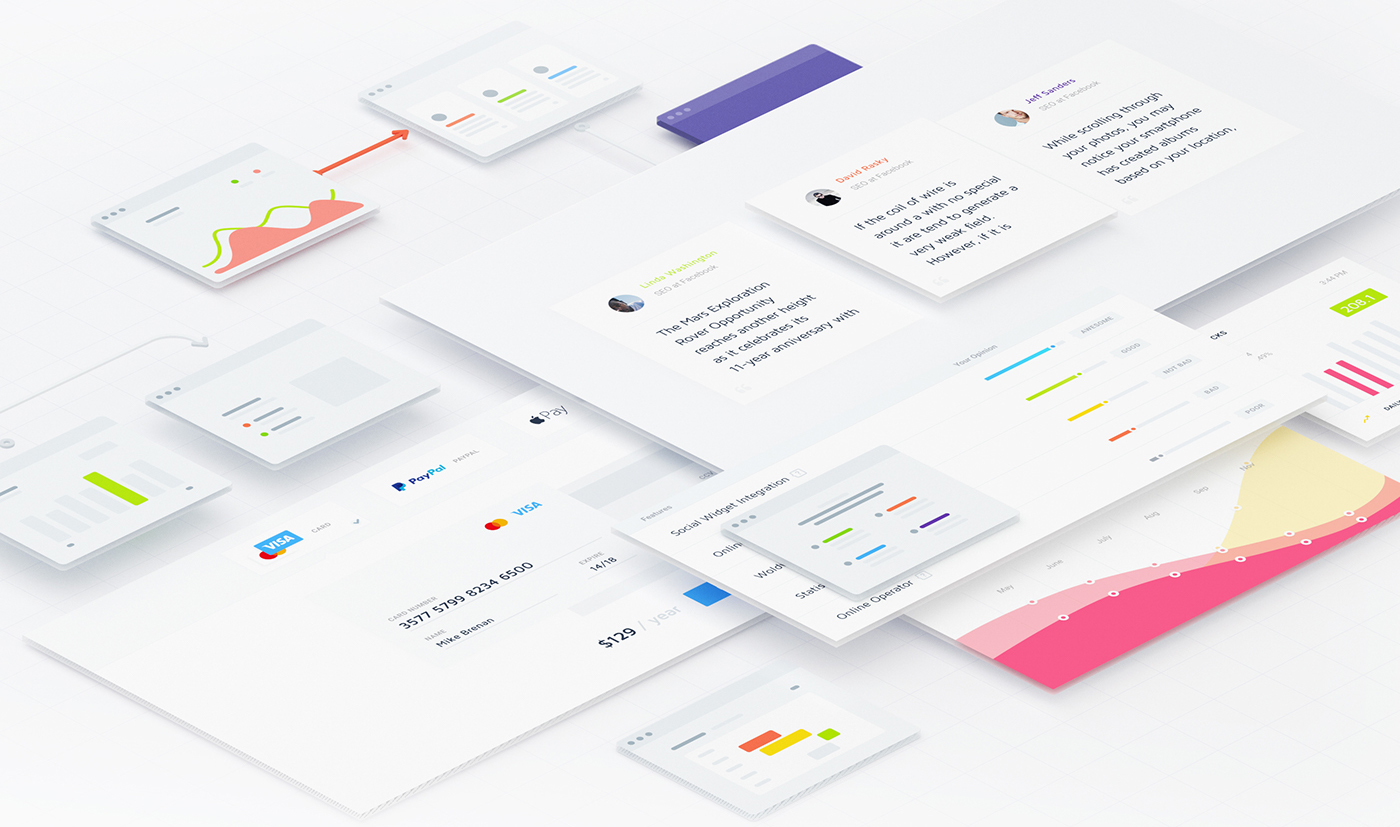
2019 was a year of change on many levels for Real Estate developers in Vancouver. With a not so clear investment outlook for buyers, presell transactions were impacted not by the lack of proper marketing but more by the over supply of new projects and loud incentives.
Despite weekly deals through 5% down payments, Mortgage free living for a year and rent-to-own options the number of sold units did not produce or sustain the impact the developers were hoping for. This is mainly because the smart buyers now understand there is still room for lower pricing and more creative marketing needed to influence their decision.
Here are the 5 Best Real Estate Presell Marketing techniques for 2020:
- Price units well from the beginning so future discounts don’t have to be applied. This will reflect confidence in the product.
- Focus on new concept narrative & differentiate by design. Smart thinking doesn’t have to cost more in construction or materials. Create luxury through better design.
- The buying experience at presentation centres continues to be predictable. Thinking of new ways to reach buyers can produce more interest and word of mouth.
- Establishing interesting and meaningful cross promotions with other businesses that improve the buyer lifestyle. Reinforcing a new community and supporting local businesses start from here.
- Create a lasting project brand and marketing collateral that become part of the development firm’s legacy.
In our line of business, Boltis Project Marketing is all about the details and executing them better than anyone else in the industry. Our boutique approach to Real Estate project marketing and sales allows us to see the minor issues that developers face and we are able address the pain points efficiently with every new development.
For more additional information or complimentary consultation on your next project contact Boltis Project Marketing info@boltis.ca


Recent Comments